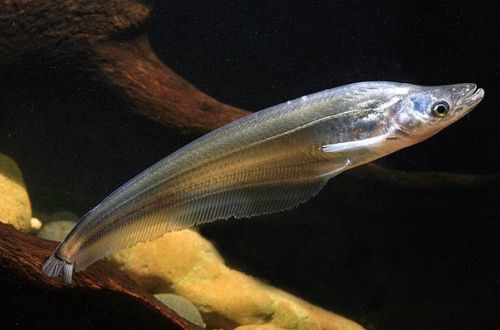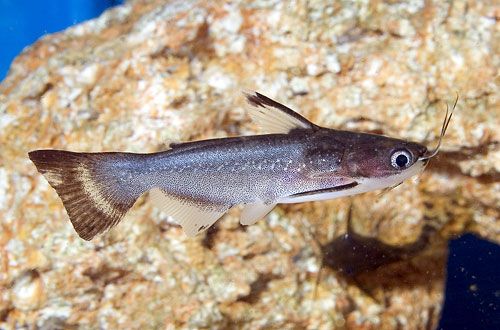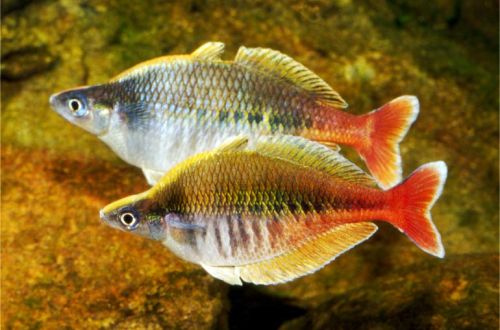
Falakronotu
Phalacronotu, scientific name Phalacronotus apogon, belongs to the Siluridae family. As a rule, it is not considered as an aquarium fish due to its size. It is used mainly in large public or private aquariums, which are maintained by specialized companies.

Contents
Habitat
Comes from Southeast Asia. The natural habitat extends over large areas from the northern provinces of Thailand to the insular part of Indonesia (Kalimantan, Borneo, Sumatra). It occurs in all major river systems in this region. Inhabits major riverbeds and large tributaries, and also swims into flooded areas of the rainforest during the rainy season.
Brief information:
- The volume of the aquarium – from 500 liters.
- Temperature – 20-27°C
- Value pH — 6.0–7.5
- Water hardness – 2–15 dGH
- Substrate type – any
- Lighting – subdued
- Brackish water – no
- Water movement – light or moderate
- The size of the fish is up to 70 cm.
- Meals – meat products or live fish
- Temperament – predatory, but peaceful
- Content alone or in a group
Description
Adult individuals reach a length of 60–70 cm. The fish has an elongated and somewhat laterally compressed body resembling a knife blade. The image is complemented by the absence of a dorsal fin and a long “blade” of the ventral fin, stretching almost from head to tail. The color of the body is gray-silver. Specks or thin stripes may be traced in the body pattern. Their availability depends on the specific region of origin.
Food
Predator feeding in the water column or near the surface. Catfish caught from the wild tend to refuse alternative foods and need live fish. However, those bred in captivity on commercial fish farms have adapted to accepting fresh or frozen meat products.
Maintenance and care, arrangement of the aquarium
Such a huge fish requires an equally large aquarium. For one instance, at least 1500 liters will be required. The choice of decoration does not really matter, just set the lighting level to a dim level and provide free areas for swimming.
The content of Phalacronotus is associated with some difficulties. The most time-consuming and costly is the maintenance of stable water conditions in the allowable range of temperatures and hydrochemical values. A massive tank weighing more than a ton and water treatment plants require solving a number of engineering problems, which makes such a project out of the range of amateur aquariums.
Behavior and Compatibility
Surprisingly peaceful fish, despite the predatory lifestyle. Able to get along with relatives and with other species that are large enough to be considered as prey. But it is worth remembering that any small fish will certainly become an object of hunting.
Breeding / breeding
At the time of writing, breeding of this species of catfish has not been achieved in aquariums. The main source for trade is commercial fish farms, where reproduction is stimulated with the help of hormones.
Fish diseases
The cause of most diseases is unsuitable conditions of detention. A stable habitat will be the key to successful keeping. In the event of symptoms of the disease, first of all, the quality of the water should be checked and, if deviations are found, measures should be taken to correct the situation. If symptoms persist or even worsen, medical treatment will be required. Read more about symptoms and treatments in the Aquarium Fish Diseases section.





